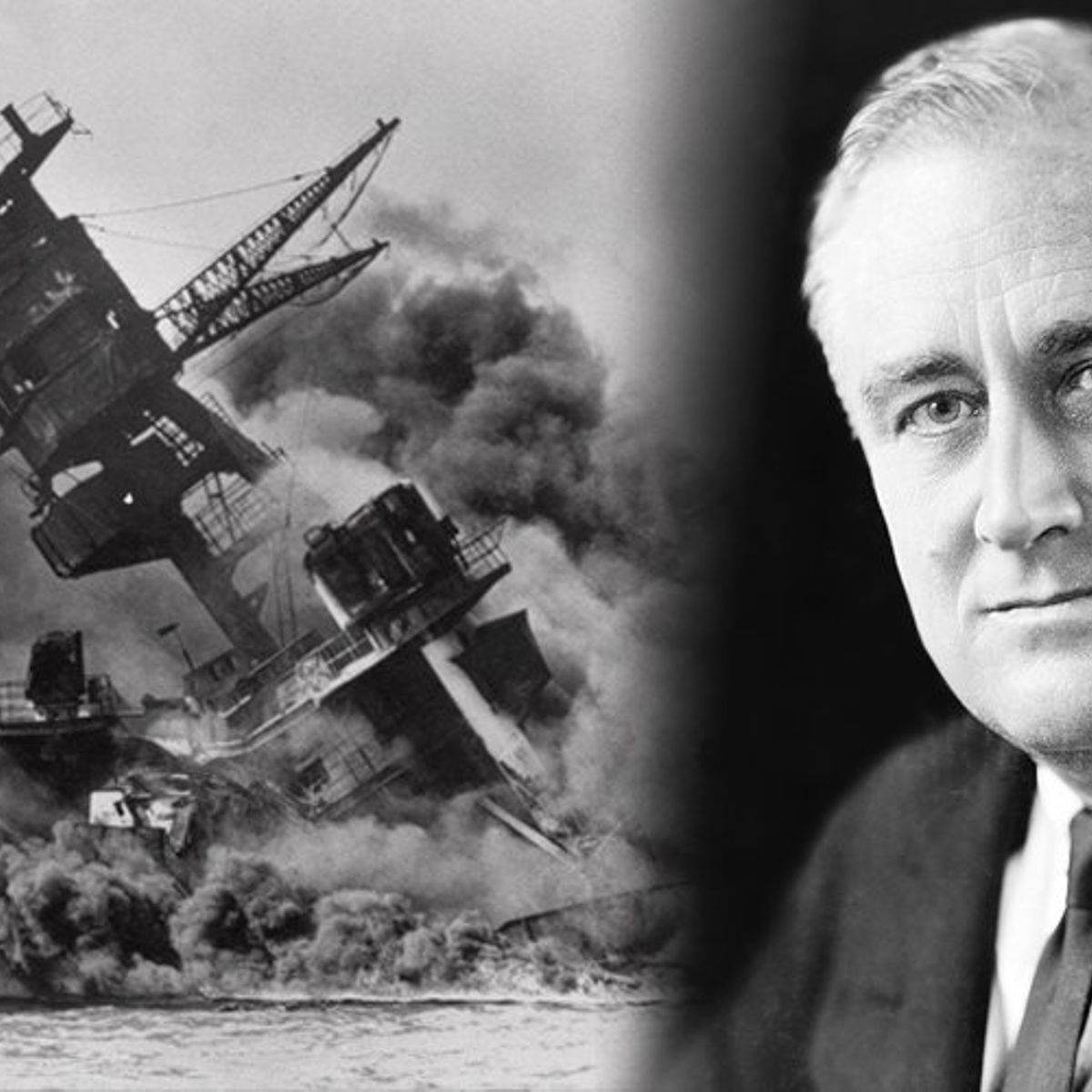
This past week I reconnected with CEOs in our UpVentures portfolio and others running companies that I have close relationships with. Synthesizing those conversations with other signals I’m getting about the economic impact of an extended shutdown, this post will advocate throwing out elements from leadership approaches companies were following just a couple months ago and rapidly shift to a wartime footing.
Let’s start with some necessary context before advancing to leadership approaches for these unprecedented times.
We lack clarity on timing of downturn and recovery
We know the scope of Covid-19 shutdown is like no other business challenge any of us have faced before. Post 9/11 had some parallels, particularly for companies in NY metro – but did not lock down entire industries and consumers for an extended period as is happening right now.
My own context coming closest was managing through the 2000-2002 dot bomb era – best appreciated by those who were in leadership roles in Silicon Valley over 1997-2000. Back then, we rode the dot com wave to frothy excess, only to see it all blow up in a nuclear winter that followed starting mid year 2000.
About 98% of TriNet’s revenue was coming from dot com customers – a great story when we sought to go public with our first filing on March 2, 2000. As mentioned in my 2014 Pre-IPO Anxiety post, things didn’t work out then as planned and I had to dig into wartime leadership mode for the next two years.
Like now, we started the dot bomb era thinking it was a temporary aberration. Up to that point, dot com fueled an unprecedented wave of success and it’s natural to have confidence the past will soon return so could get back on track. With TriNet’s revenue model based on the volume of employees we serviced at other companies, customers closing shop or laying off people due to losing their own funding were immediate hits to our revenue. In a wartime environment, no one wanted to talk to us about buying our services – who had the time? We knew it would turn around at some point, but when would customers stop laying off and when would others be ready to start buying again? No one was predicting it would take the better part of 2 years to recover from that nuclear blast.
Like now, leaders were understandably concerned about trying to retain their talent and think that by showing optimism with the “we’ll get through this” outlook we can keep everyone working hard, and in sync, just like before. Albeit now we have the additional complication of not being able to call people together to meet in person.
Like now, since we weren’t clear on the duration of the downturn, we felt the urge to provide assurances to our team by making promises we weren’t sure we could deliver on.
And probably most importantly, like now, we as leaders were trying to avoid making the hardest decision of all – laying off team members to rightsize the business so that we could ride out what we knew would be harder times ahead than many of our team understood or were anticipating. Not just employees who were marginal performers, but cutting right to the bone by laying off talented people who had worked their butts off and done everything and more than we asked them to do.
In short, whether your business is fortunate enough to be in the category of being fueled by the pandemic, or the more likely scenario of being savaged by it, our entire mentality of leadership has to change from peacetime to wartime.
Peacetime priorities no longer matter
In peacetime we tend to put culture first, building the strongest consensus possible to get buy-in on decisions and are also deliberate in pointing resources and projects that support our medium to long range strategy. Most of that becomes irrelevant in wartime.
It’s no accident our military operates on a strict command and control model. Survival is the lens by which all decisions are examined through. Leaders micromanage the critical things that matter – for companies that begins with cash and collections since that’s the oxygen that keeps the company alive.
Start the process now with heightened focus on cash management with ultra conservative assumptions for a longer period than just a few months. Getting in line for the government’s PPP and disaster recovery loans will be short term band-aids, but necessary steps to invest management time in today since we know there will be a lag time to get that relief.
All bets are off if we thought another round of funding was on the horizon from equity investors. Living on our own cash with whatever debt sources we can raise is the new imperative.
We’ll also re-examine our assumptions about what we need on a wartime team. Not just our direct reports, but at all levels of the company. Can we combine some roles with one person now wearing 2 or 3 hats instead of the peacetime practice of separate departments?
Since we have to move fast, we know we’re going to have to make some decisions with imperfect information that do have some risks in the outcome. Sometimes that means we’ll break glass and ask for forgiveness later.
There’s only one goal in wartime
I’ll close with a couple quotes from Brad Feld’s excellent post Wartime CEO:
Peacetime CEO sets big, hairy audacious goals. Wartime CEO is too busy fighting the enemy to read management books written by consultants who have never managed a fruit stand. – Ben Horowitz
Your big hairy audacious goal in wartime is not to die – Brad Feld
The next post in this series will touch on the hardest of hard things – approaches to laying off team members.